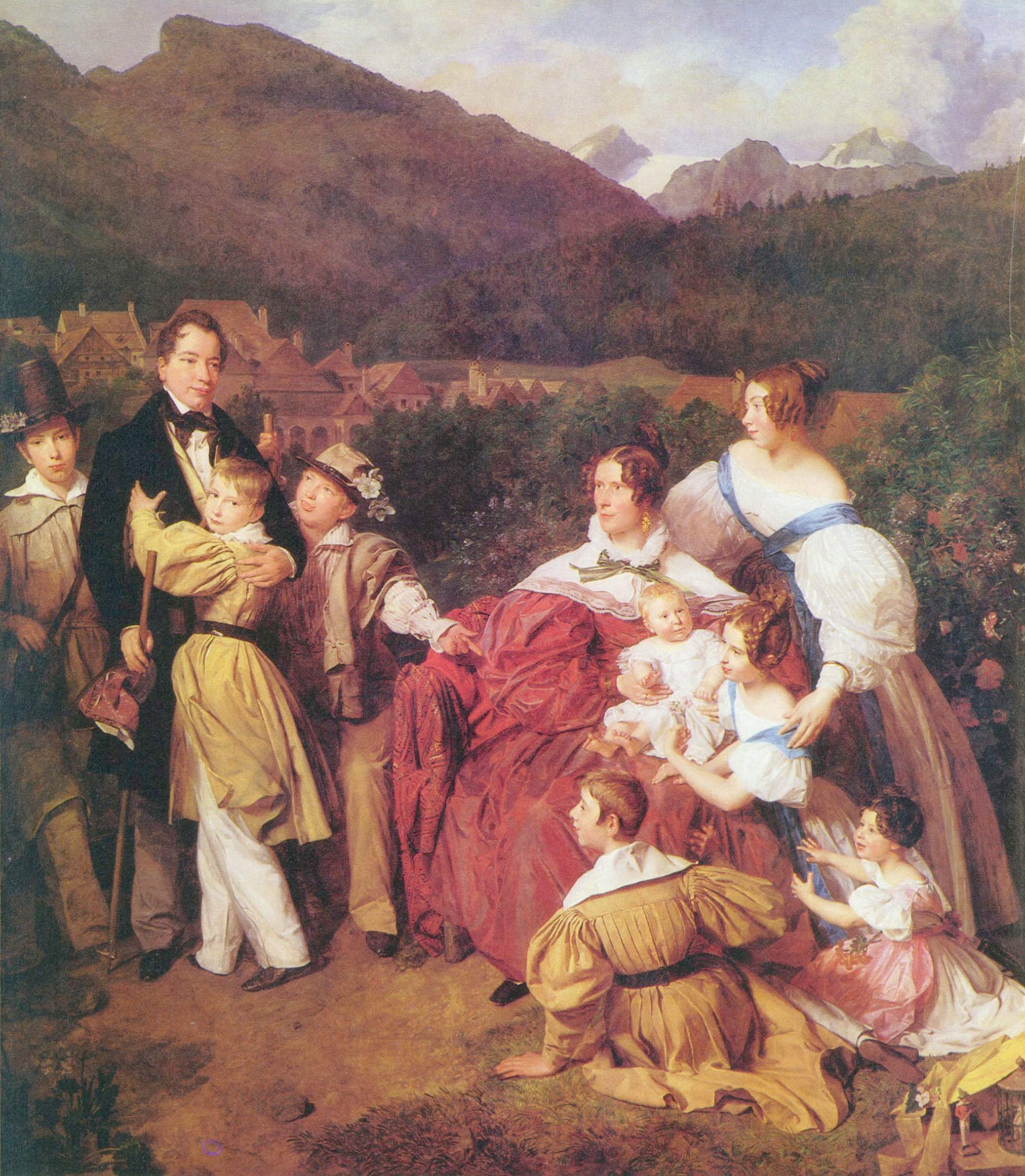
The world was in flux. Science turned up new wonders and terrors everyday. Revolution spread like a wildfire. The future was uncertain. Readers turned to the fledgling genre of science fiction for diversion, but also for any sort of idea of what the future might hold.
History:

The 1830s was another decade rife with revolutions and change. In the year 1830, Mormon church was established, and challenged societal and religious norms. The Belgian Revolution took place that same year.
In 1831, an American slave named Nat Turner instigated a rebellion with several other slaves which ended in violence, bloodshed, and hatred. The same year, young ministry student and natural science hobbyist Charles Darwin set sail on his legendary voyage on the HMS Beagle. Also, Greece became an independent nation.
1833 saw the founding of the city of Chicago; and the first presidential assassination attempt in America in 1835 when Richard Lawrence misfired twice in an attempt to shoot president Andrew Jackson. Finally, in 1839, the First Opium war was waged between England and China.
Science:

(NGC 3603)
Both proteins and enzymes were first discovered in the 1830s. The discovery of the first enzyme in 1833 marked the beginning of the science of biochemistry. The first recognized protein was discovered in 1838.
Astronomy also advanced during this era, with new sightings and techniques. In 1834 John Herschel sighted what is now known as open cluster NGC 3603. Then, in 1839 Thomas Henderson calculated the first parallax measurement to Alpha Centauri. The first photograph of the moon was taken in 1839.
Some notable inventions of the 1830s are Morse’s telegraph (1837), and the Colt revolver (1838).
Stories:
(This is a picture of Edgar Allan Poe in a birthday hat that my brother left on my phone. I thought I would share it.)
Edgar Allan Poe became the chief figure of science fiction during the 1830s. Though most people usually think of Poe as a horror writer, he often delved into ideas of science and technology. Usually, Poe’s stories concluded grimly, as the technology so many people praised ended up being the downfall of the main characters. A few examples of Poe’s stories are the apocalyptic “Conversation of Eiros and Charmion”, and the satirical “Unparalleled Adventures of One Hans Pfaal”, which chronicled a voyage in a hot air balloon.

James Fenimore Cooper, of The Last of the Mohicans fame, broke into the genre with The Monikins, a tale of a civilization of intelligent apes published in 1835.
Also published in 1835, a fascinating Russian novel called The Year 4338: The Petersburg Letters, describes a future utopia on the eve of the apocalypse. China and Russia are the main world powers in Vladmir Odoevsky’s speculated future.
Worldview:

(Kierkegaard)
One of the early proponents of existentialism, Soren Kierkegaard, rose to prominence during the 1830s. He was a theologian who often criticized organized religion, and made a distinction between the “objective”-the material world- and the “subjective”-the moral/ethical/spiritual realm.
Around the same time, philosopher Auguste Comte pioneered the science of sociology, calling his views the “religion of humanity”.
Writers and poets of the time were still heavily influenced by Romanticism.
What would scientists come up with next? Who could know what the next day would hold, much less the next four-thousand years? Would it be apocalypse, or utopia. The only place these questions were answered was in the minds of science fiction pioneers.
Keep on glowing in the dark,
Elora

No comments:
Post a Comment